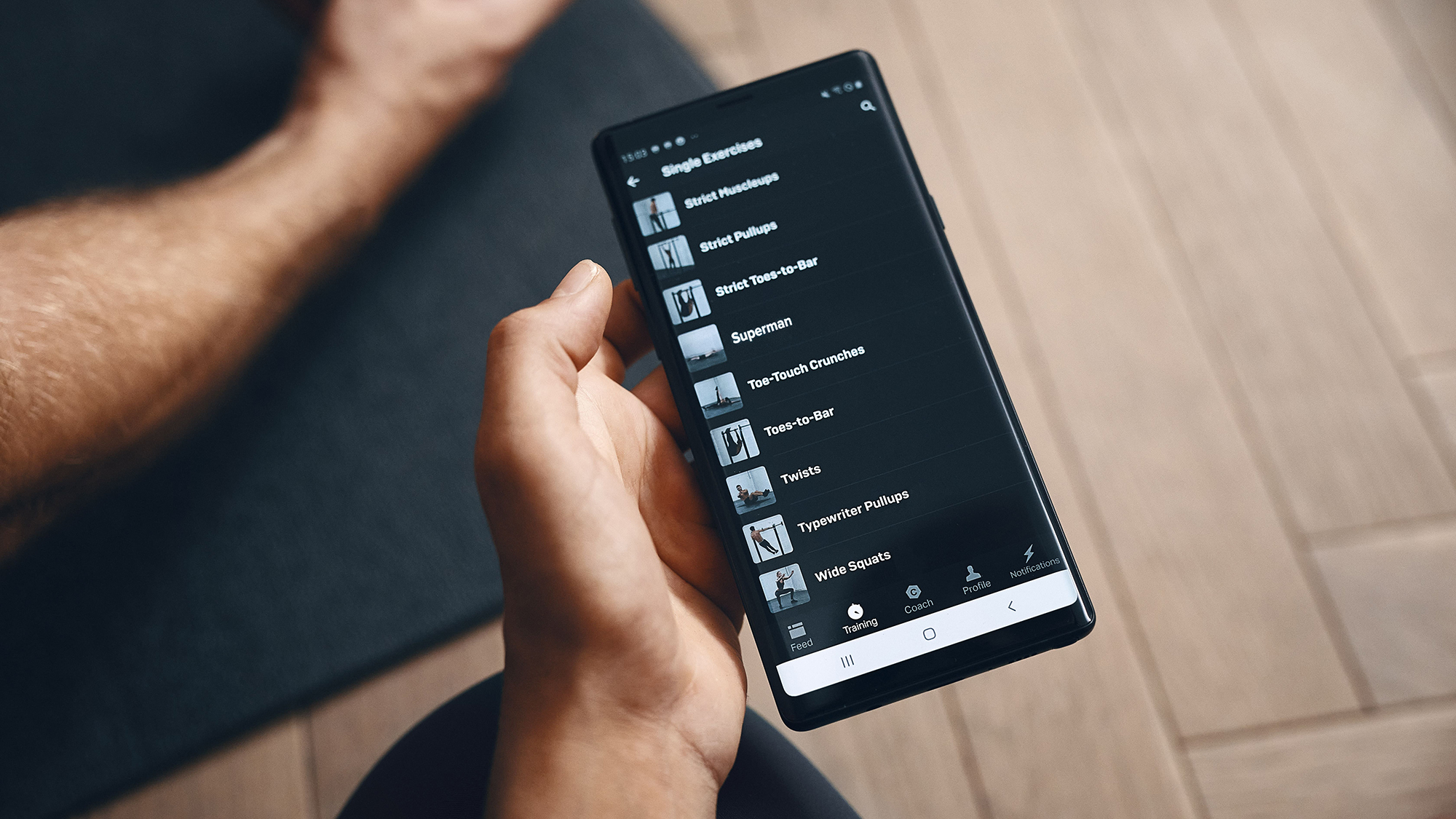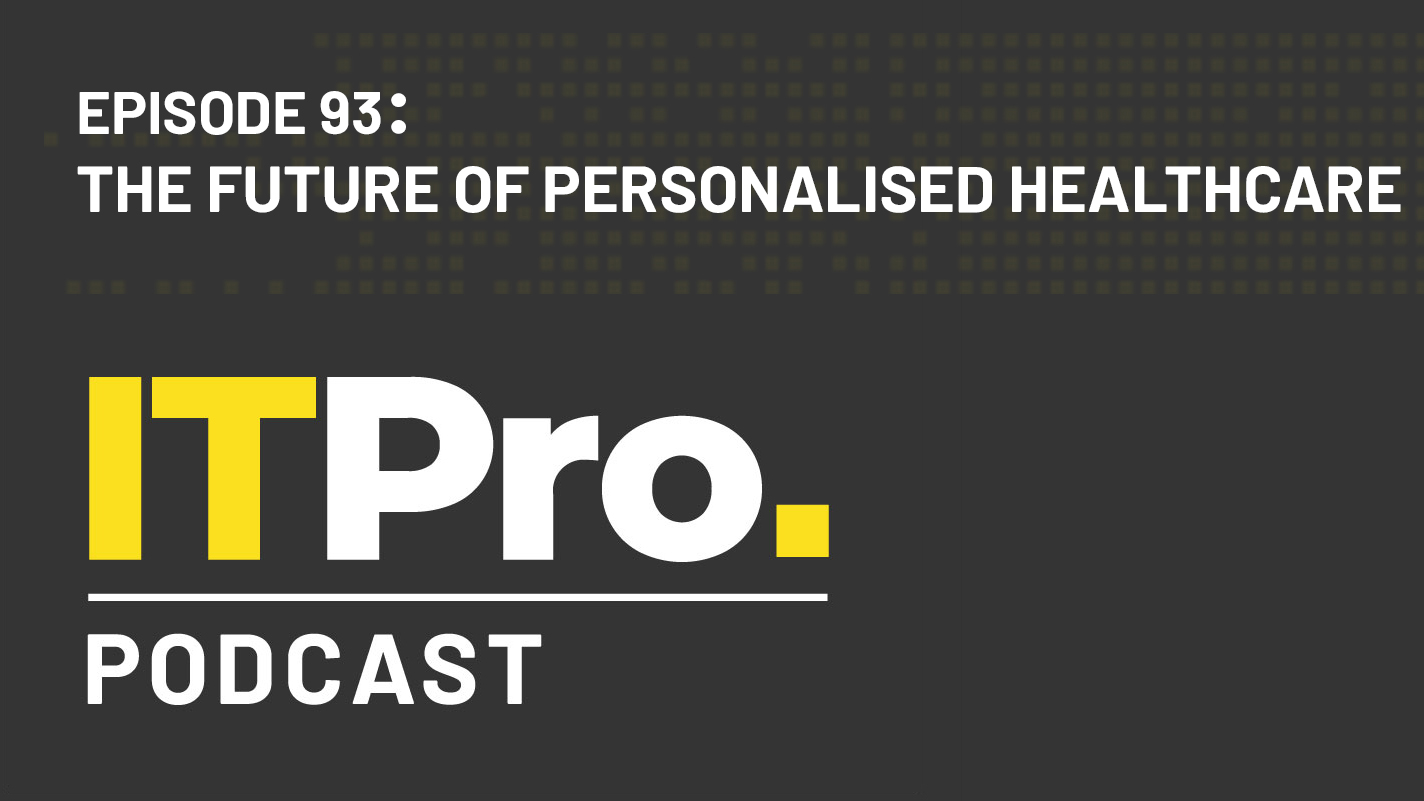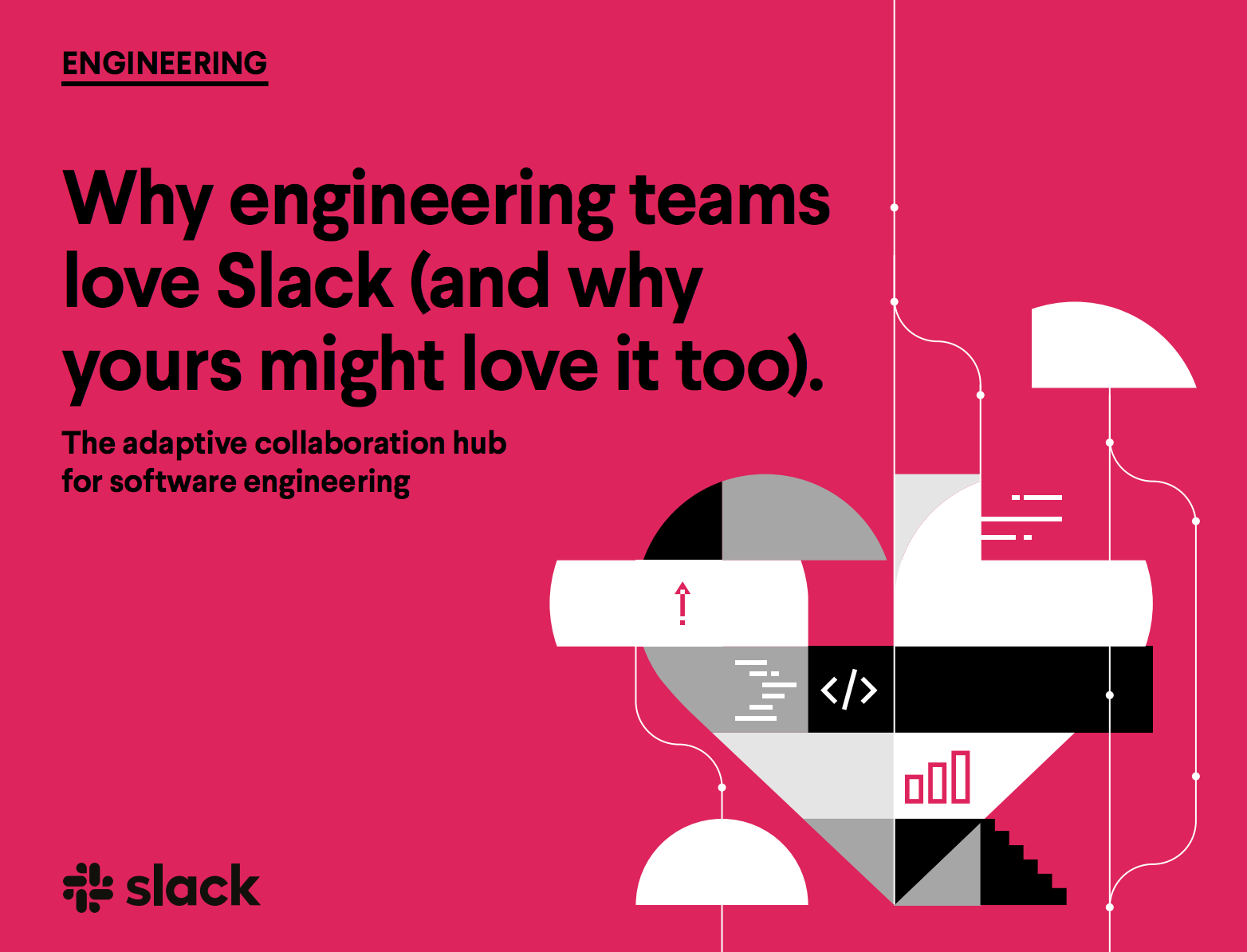Freeletics: Reaping the benefits of a headless CMS
How the fitness app migrated 6,000 pages of a hard to manage WordPress blog to Contentstack in just three weeks


For more than two decades, the humble blog has been something of an unsung hero in the world of business communications. Most companies have one as a notice board, but there are some, like fitness specialist Freeletics, that use a blog to offer more value for customers.
Freeletics, a popular fitness app created in 2013 by three students in Germany – Joshua Cornelius, Andrej Matijczak and Mehmet Yilmaz – didn’t actually start as an app at all. In its first incarnation, it consisted of simple exercise tutorials posted to YouTube that were supported with a weekly newsletter. It was also published in PDF format, with all training carried out in the Munich Maßmannpark. Eight years on, however, it’s now a global multimedia app used by more than 32 million people across 160 different countries.
It took two migrations to get to that point, though, with the PDFs quickly evolving into an encyclopedic blog, with over five thousand posts in ten different languages on the WordPress platform. The blog has remained a key element of Freeletics, with articles covering nutrition, wellbeing and exercise. But as its popularity grew around the world it became harder and harder to manage, Szymon Nowak, the company’s engineering manager, tells IT Pro.
From the slow process of translating multiple articles from German, to the limited tools at their disposal, the Freeletics editorial team was crying out for a better CMS. In particular, it needed more consistency for the visual aspects of the blogs, where typography, images and video embeds were becoming increasingly important additions.
“That’s why we decided to migrate our blog from WordPress to a headless CMS,” Nowak explains. “Initially, we migrated all our content to Contentful and used Gatsby.js for generating the blog website. However, after a while, we realised that we needed more advanced features that Contentful didn’t provide, such as scheduled releases or workflows. Thus, we decided to switch again, this time to Contentstack.
RELATED RESOURCE

The IT Pro Podcast: The future of personalised healthcare
How data analysis, APIs and cloud architectures are keeping us alive
“Since then, we’ve started using Contentstack for more than just our blog. At the moment, it’s providing content for almost all of our main websites, and also some parts of our mobile apps. Contentstack’s flexibility also allowed us to integrate it with some third-party services, like translation services that we use and our internal systems.”
Unlike a traditional CMS, where the content controls are combined with the presentation layer, a headless CMS is essentially decoupled from the end result and simply comprises the content element. It requires a stateless API to present the content, or in the case of Freeletics, multiple APIs; its content is managed in the headless CMS and from there it is sent to different platforms, such as the mobile app or the website.
Get the ITPro daily newsletter
Sign up today and you will receive a free copy of our Future Focus 2025 report - the leading guidance on AI, cybersecurity and other IT challenges as per 700+ senior executives
The benefits of a headless CMS can mostly be labelled as ‘flexibility’, because it can be tailored to fit developer needs and offers seemingly limitless scalability. For Freeletics it also provided a faster editorial process and vastly improved operational efficiency.
The real key for the company, however, was Contentstack’s automated translation services. Translating content from the company’s native German into the nine other languages it offers previously took around four weeks. According to Contentstack’s metrics, this process can be reduced to under one week, enabling an 80% reduction of time to market. The company further claims that developer productivity actually went from around 22.5 days to just four and a half, on average, an 85% increase.
While website builders like WordPress, with all their innovative plugins and widgets, have helped many businesses build their online presence, they can’t match the flexibility and scalability of a headless CMS. However, this also comes with the burden of more technical responsibility, depending on which service you use. In the case of Freeletics, a little more effort has resulted in multiple gains, and it still hasn’t reached its upper limits.
Bobby Hellard is ITPro's Reviews Editor and has worked on CloudPro and ChannelPro since 2018. In his time at ITPro, Bobby has covered stories for all the major technology companies, such as Apple, Microsoft, Amazon and Facebook, and regularly attends industry-leading events such as AWS Re:Invent and Google Cloud Next.
Bobby mainly covers hardware reviews, but you will also recognize him as the face of many of our video reviews of laptops and smartphones.
-
 Bigger salaries, more burnout: Is the CISO role in crisis?
Bigger salaries, more burnout: Is the CISO role in crisis?In-depth CISOs are more stressed than ever before – but why is this and what can be done?
By Kate O'Flaherty Published
-
 Cheap cyber crime kits can be bought on the dark web for less than $25
Cheap cyber crime kits can be bought on the dark web for less than $25News Research from NordVPN shows phishing kits are now widely available on the dark web and via messaging apps like Telegram, and are often selling for less than $25.
By Emma Woollacott Published
-
 What the UK can learn from the rest of the world when it comes to the shift to IP
What the UK can learn from the rest of the world when it comes to the shift to IPSponsored From the Netherlands to Singapore, UK organisations can learn lessons from forward-thinking countries and make the PSTN switchover as seamless as possible
By Keumars Afifi-Sabet Published
-
 The big PSTN switch off: What’s happening between now and 2025?
The big PSTN switch off: What’s happening between now and 2025?Sponsored The challenges of adopting IP telephony can be overcome, but you don't have long to act
By Rory Bathgate Published
-
 How digital marketing will evolve beyond social media
How digital marketing will evolve beyond social mediaIn-depth Twitter's ongoing destabilisation proves businesses can't rely on social media for digital marketing forever
By Elliot Mulley-Goodbarne Published
-
 TD Synnex Maverick announces availability of Zoom for partners in Europe
TD Synnex Maverick announces availability of Zoom for partners in EuropeNews Partners now have access to the entire Zoom portfolio, including unified communications platform Zoom One
By Daniel Todd Published
-
 Best Twitter alternatives for businesses and IT professionals
Best Twitter alternatives for businesses and IT professionalsIn-depth With its long-term viability as a networking and commercial space in question, the industry is casting its eye to several Twitter alternatives
By John Loeppky Published
-
 BT Wholesale is bringing EE’s mobile connectivity to partners
BT Wholesale is bringing EE’s mobile connectivity to partnersNews The partnership will provide access to EE’s 4G and 5G networks as the PSTN switch-off approaches
By Daniel Todd Published
-
 Why engineering teams love Slack
Why engineering teams love SlackWhitepapers The adaptive collaboration hub for software engineering
By ITPro Published
-
 Avaya's Wavenet partnership aims to deliver affordable enterprise-quality UCaaS
Avaya's Wavenet partnership aims to deliver affordable enterprise-quality UCaaSNews The collaboration combines unified-communications-as-a-service (UCaaS) and contact centre-as-a-service (CCaaS) with bundled calls and minutes
By Daniel Todd Published